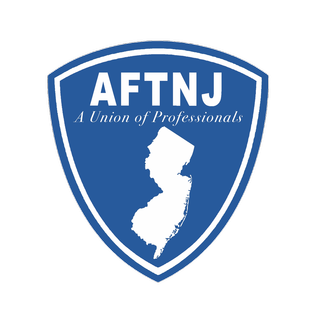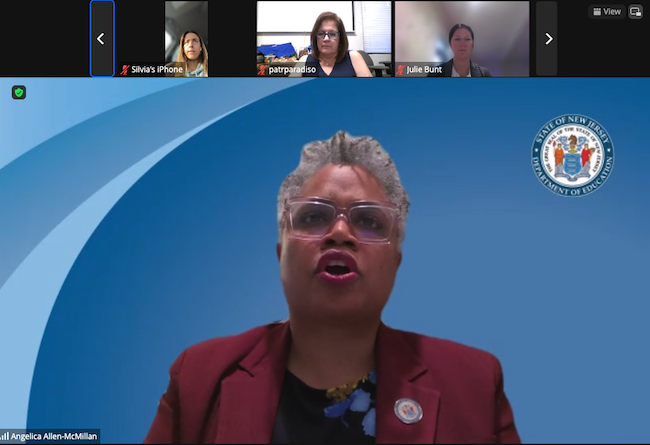Dana Goldstein
This article appeared in the August 29-September 5, 2011 edition of The Nation.
Steven Brill, the journalist and media entrepreneur, has come a long way since he helicoptered onto the education beat in 2009.
That’s when The New Yorker published Brill’s exposé of the New York City “rubber rooms,” where the Department of Education parked the one-twentieth of 1 percent of the city’s 80,000 public school teachers—about forty people—who had been accused of gross negligence and removed from the classroom. As they awaited the due process hearings guaranteed in their union contracts, rubber room teachers received full pay and benefits, sometimes for up to three years.
The article sparked outrage among readers, who were appalled that millions of tax dollars were spent annually paying the salaries and arbitrating the cases of teachers who came to work inebriated or practiced corporal punishment. Despite the fact that the Department of Education and the United Federation of Teachers shared responsibility for creating the clumsy and cumbersome arbitration process, Brill laid the blame solely at the union’s doorstep.
He followed up with his hyperbolically titled May 2010 New York Times Magazine feature “The Teachers’ Unions Last Stand,” which admired the Obama administration’s attempt to pressure states to tie teacher evaluation and pay to students’ standardized test scores. The article lavishly praised nonunionized charter schools while entirely blaming teachers unions for the achievement gap between poor and middle-class students.
Together, the two pieces had the kind of impact most journalists can only dream of. Rubber room teachers were reassigned to desk jobs, and their arbitrations were sped up. More significant, Brill’s framing of the education debate, borrowed from reformers like Joel Klein and Michelle Rhee—teachers unions vs. poor kids—infiltrated the popular consciousness more deeply than it had before, presaging the September 2010 release of the pro–charter school, anti–teachers union documentary Waiting for Superman. Brill began to appear on panels with key figures in the education debate, including American Federation of Teachers (AFT) president Randi Weingarten and Harlem Children’s Zone President and CEO Geoffrey Canada. And he embarked on an ambitious book project: a comprehensive history and analysis of the standards-and-accountability school reform movement called Class Warfare: Inside the Fight to Fix America’s Schools.
Not surprisingly, given Brill’s history of interest in only the most controversial school reform issues, the book is filled with misleading discussions of complex education research, most notably a total elision of the fact that “nonschool” factors—family income, nutrition, health, English-language proficiency and the like—affect children’s academic performance, no matter how great their teachers are. (More on this later.) Class Warfare is also studded with easy-to-check errors, such as the claim that Newark schools spend more per student than New York City schools because of a more cumbersome teachers’ contract. In fact, the New Jersey Supreme Court ruled in 1990 that the state must provide supplemental per-pupil funding to all high-poverty school districts, including Newark. As a result, New Jersey is considered a national leader in early childhood education, and Newark graduates more African-American boys from high school—75 percent—than any other major city.
More>>





